Would you be able to tell the difference between native stingless bees and a common house fly, or would you reach for a fly swat or can of insecticide spray regardless?
“The future depends on what you do today.”
Ghandi
Tomorrow, 1 September, is the first day of Spring – ‘YAY’, so this weeks post is designed to give a big plug to the busy little insects who are responsible for 60% of our food and crops – the bees. If we are all going to protect these important little insects (and they desperately need us to), we first need to be able to recognise them.
Facts About Australian Native Stingless Bees
There are around 1,500 species of native bees in Australia. The above feature picture is a native stingless bee, aka Tetragonula Carbonaria, from the colony which lives in our back garden.
This species is found in the more tropical climates of Northern and Eastern Australia as they prefer warmer environments. This curious little bee (yes alive) was, during the colder winter months, less active and therefore quite sociable. When it landed on my arm long enough to photograph, it struck me how similar they look to flies and the idea for this post was born.
Related Post: Bee-Cause: Why Stingless Bees Make Terrific ‘Pets’
Recognising Australian Native Stingless Bees
Australian native stingless bees are small black bees which grow to about 4mm long and, if you get up close enough, you will see they have an even coating of thick white fur on the sides of their body and faces. They traditionally make their homes in hollow logs where hundreds, sometimes thousands, can live together in a productive colony. They produce less than one litre of honey per year, called ‘sugarbag’ honey, so their primary role is as pollinators.
The picture below shows how they pack the pollen into round balls.
Related Post: CWMS is ‘Buzzing’ as we Save Hundreds of Lives
The day these photo’s were taken was firstly so incredibly exciting – it was just awesome watching them buzzing around busily transporting their little treasure’s. The photo on the bottom left shows the native stingless bee carrying a single ball of resin out of their hive and the photo on the bottom right shows them carrying two yellow balls of pollen, on their hind legs, into the hive.
Another activity we have witnessed them doing is carrying dead bees out of the hive and disappearing with them over the side – so they are both respectful and good housekeepers!
Recognising The Common Fly
Depending on which article you read, there are between 20 – 30,000 different species of flies in Australia – the image below shows two of them.
According to the Aussie Bee website, you can tell native stingless bees and flies apart by noticing bees have four wings and flies only have two. This photo is a good visual to refer to just in case you have trouble counting the wings while the insect in question is annoyingly flying around your head!
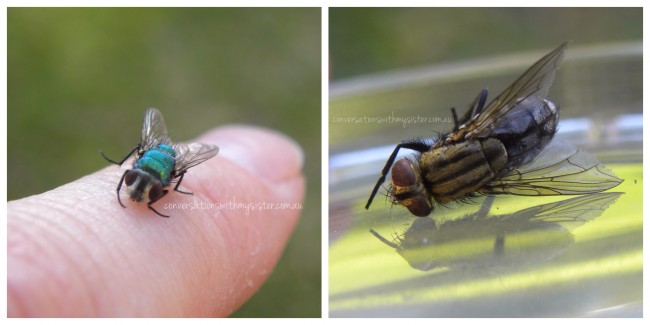
What you might not know about flies is they, along with a range of other insects, have the important responsibility of assisting the bees with pollinating native plants and crops. So as frustrating as they can be, we are actually relying on them as well, to a certain extent, for our food.
Recognising the European Honey Bee
The last image is of a European honey bee; most people have no difficulty seeing the differences between this and a fly. We have all grown up with the understanding that it is best to stay clear of this little fella as, unlike our curious little native stingless bees, the black and yellow variety does punch a good ‘sting’. Never-the-less these bees remain extremely valuable because of their dual role of pollinator and sole producer of large amounts of honey.
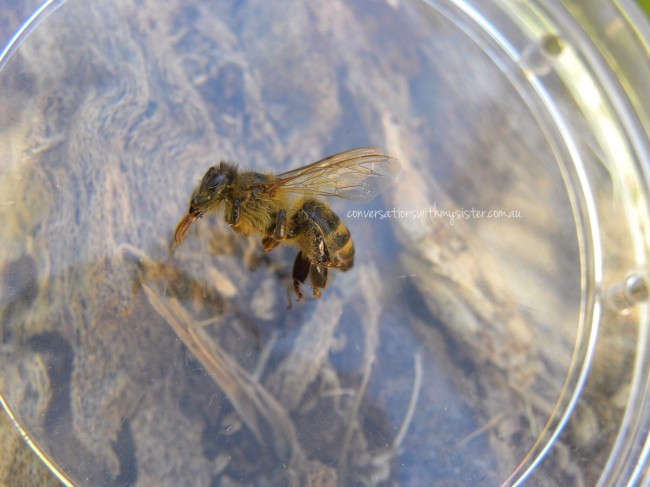
So can you see the difference between a native stingless bee and a fly now?
Now I’m no David Attenborough but, after spending time watching the comings and goings of our little native stingless bee colony, my interest in their activities and resolve to help protect them, has grown. ‘Recognising Australian Native Stingless Bees‘ is the second article I have written about these important little creatures.
If you are curious as to how we came about to have native stingless bees as pets, are interested to see photos of our hive, are keen to find out how easy it is to house a hive of your own or, just generally want to know more about these valuable Australian insects, you can follow this link to my first article Bee-cause: Why Stingless Bees Make Terrific ‘Pets’ which includes all the information and I have learned so far.
Pin For Later
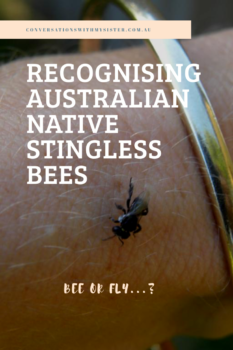
Hopefully, this ongoing conversation will help inspire you to keep your eyes out and protect these valuable little creatures. Who knows, maybe one day it might even entice you to house a hive of your own! (Let me know if you do so we can compare observations.)
If you have any advice to share or questions you would like answered please join the conversation:
Comment Below || Facebook || Instagram || Pinterest
Enjoy the first week of Spring everybody (those living in the Southern Hemisphere that is…!)
X Shea
P.S. No animals were harmed for the purpose of capturing photos for this story. The little native stingless bee paid me a visit on its own accord and the other insects were all found ‘dead’ and are now treasures in our Little Man’s Bug and Insect Collection. Now all that is left to do is to ‘do a bug count’, which is a game recommended by Planet Ark 😉


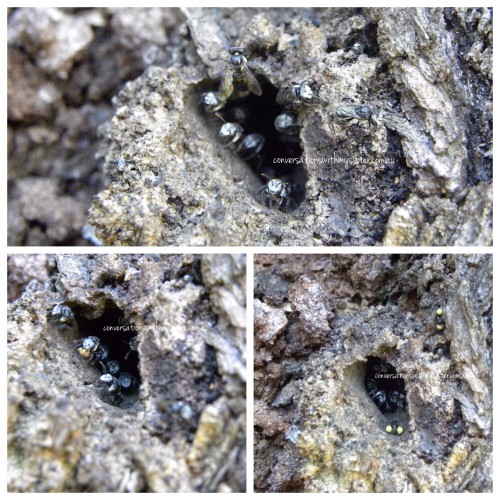

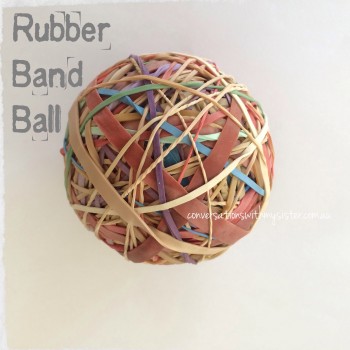
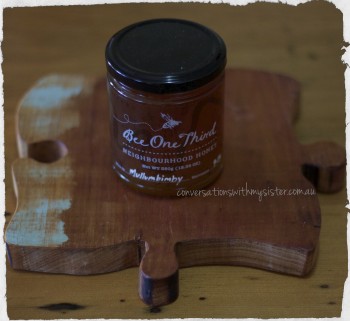
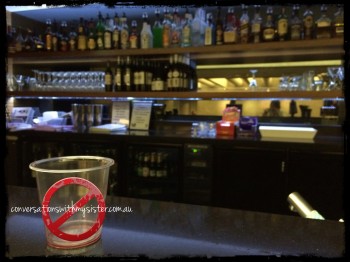




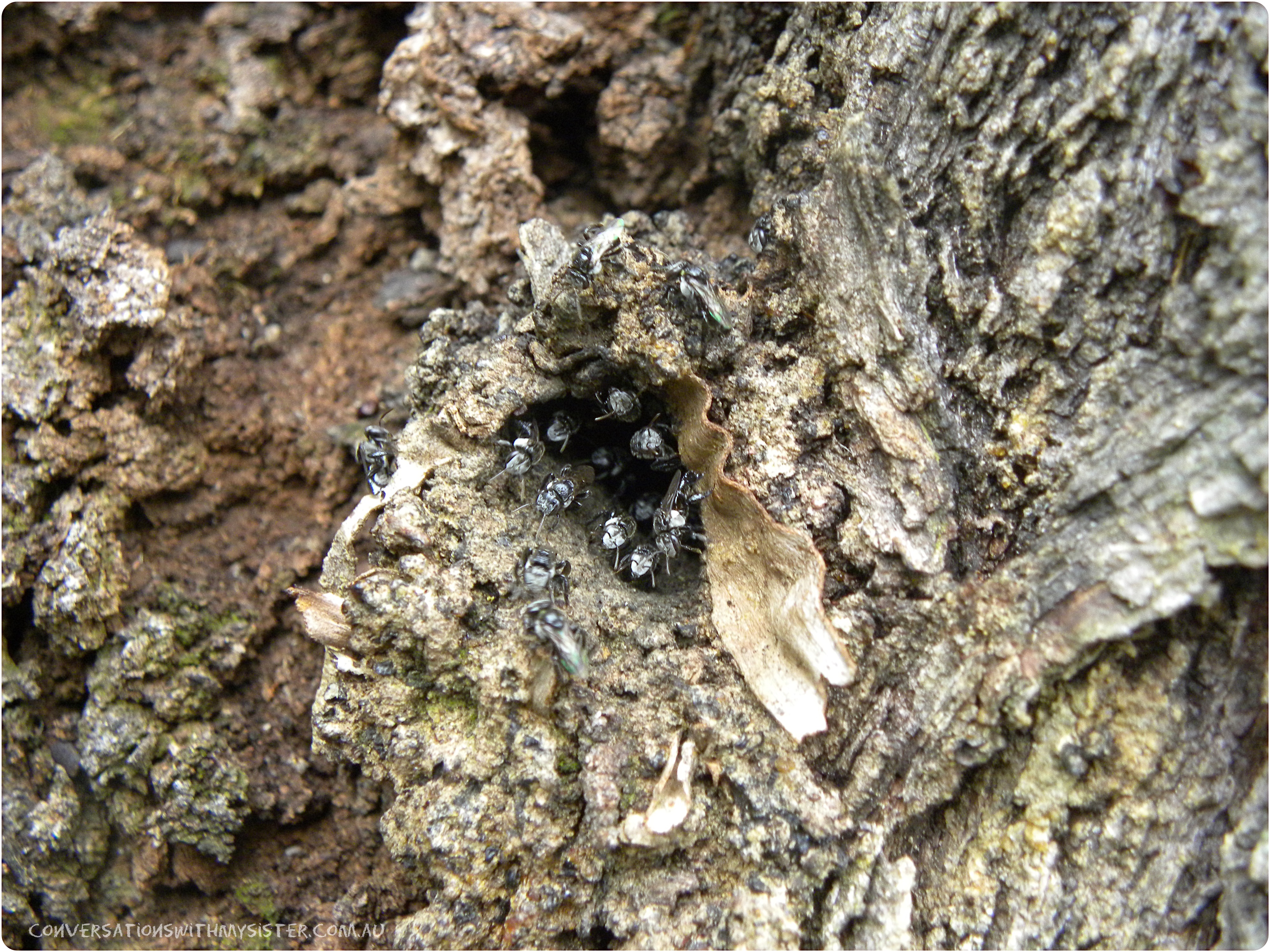

















11 Responses to Recognising Australian Native Stingless Bees